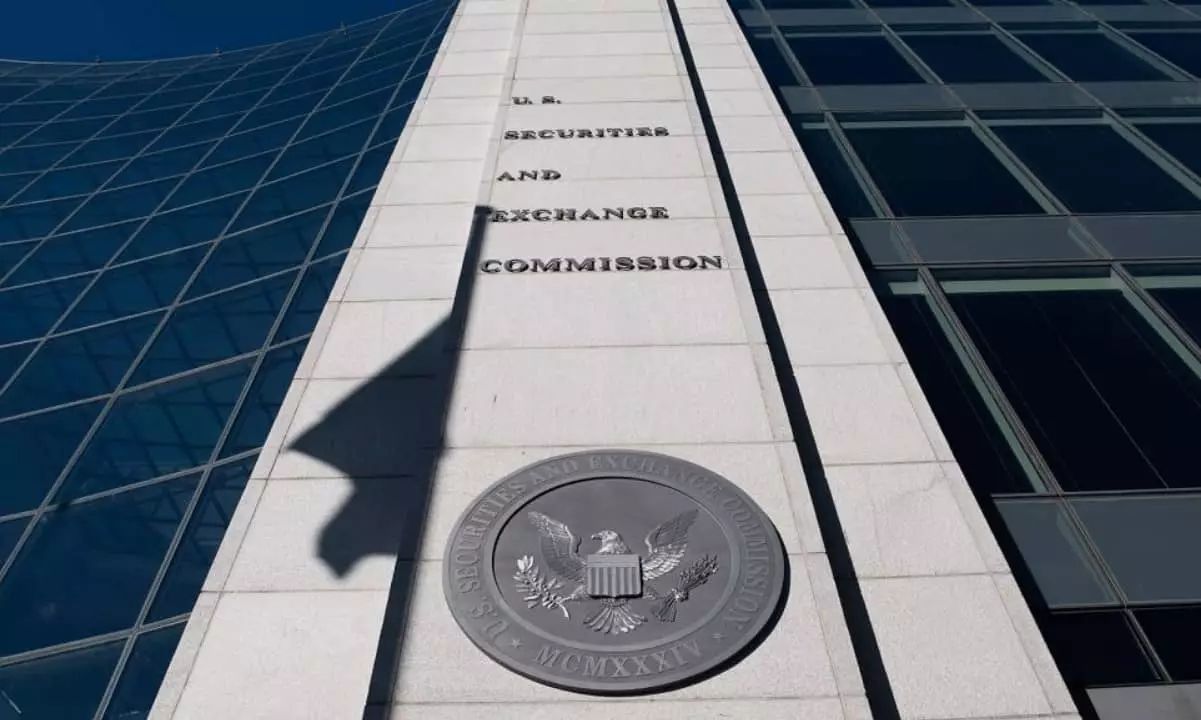The recent declarations by the SEC regarding staking within proof-of-stake networks signal a transformative shift in how digital assets are regulated in the United States. This pivotal moment confirms that activities considered “protocol staking” do not fall under the purview of federal securities laws, meaning participants can engage without the cumbersome necessity of registration. The implications of this decision cannot be overstated, as it opens the floodgates for increased participation in the cryptocurrency market without the fears of federal overreach.
Understanding Staking Activities
The intricacies of staking are often lost in the cacophony of crypto discourse. The SEC’s analysis examined various forms of staking—self-staking, self-custodial staking, and custodial setups. The acknowledgment that these activities do not equate to investment contracts under the Howey test is a testament to the evolving landscape of financial engagement. Unlike traditional securities, the rewards yielded from staking don’t hinge on complex entrepreneurial efforts; instead, they are derived from straightforward administrative functions. This distinction is pivotal as it strips the stigma from what many see as risky ventures akin to gambling, positioning staking as a legitimate avenue for financial activity.
Industry Reactions to SEC’s Clarity
Crypto stakeholders are applauding the SEC for this newfound clarity. Industry leaders like CoinFund President Christopher Perkins and ETF Store President Nate Geraci herald it as a monumental stride towards stability and innovation in the sector. Their optimism underscores a collective relief within the crypto community, whereby the elimination of regulatory ambiguity could catalyze new application landscapes in blockchain technology. It also suggests an acknowledgment from the SEC of the mature industry’s evolving needs and its potential contributions to the economy.
The Bigger Picture: The Digital Asset Market Clarity Act of 2025
On the same day as the SEC’s announcement, lawmakers introduced the Digital Asset Market Clarity Act of 2025. This bipartisan effort aims to delineate the roles of the SEC and the Commodity Futures Trading Commission (CFTC) in overseeing crypto regulations. The aim is not merely about defining jurisdiction but is an earnest initiative to fortify consumer protection while fostering domestic innovation. This marriage of principles should resonate with those who advocate for free-market solutions while ensuring robust oversight.
America’s Aspiration for Leadership in Digital Assets
The sentiment echoed by House Committee Chairman French Hill and bill sponsor Dusty Johnson emphasizes a crucial point: the necessity for the United States to reclaim its position as a leader in the emerging digital asset landscape. The SEC’s move and the CLARITY Act are steps in the right direction, reflecting a bipartisan recognition that clarity fosters innovation. Without proactive regulation that appreciates the specifics of the digital economy, America risks ceding leadership in this vital domain to countries with more favorable stances towards cryptocurrencies.
The nexus of innovation, consumer protection, and regulatory clarity may soon place the U.S. at the forefront of the global digital asset market, ushering in a new era poised for significant growth and development.


Leave a Reply